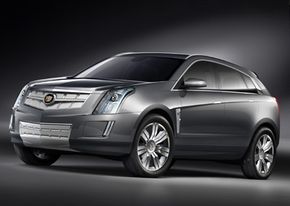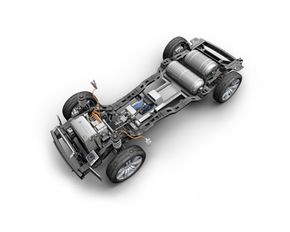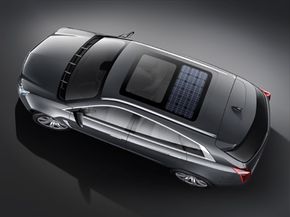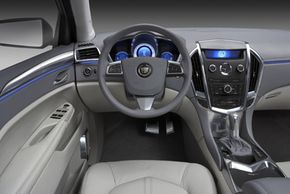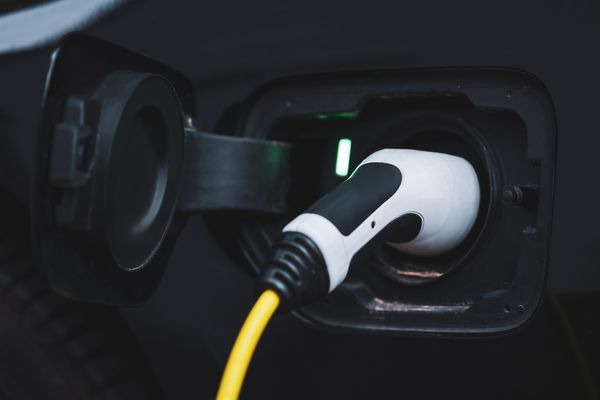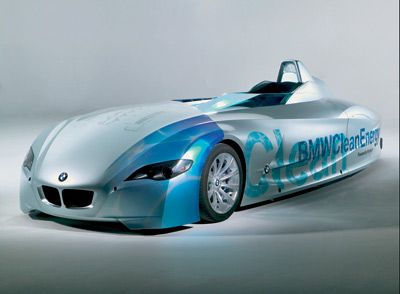Just a few years ago, the concept cars the major automakers created to showcase their design and engineering teams were all about horsepower, speed and luxury; however, massive increases in fuel prices are causing an industry-wide change. The unveiling of the Cadillac Provoq concept at the Consumer Electronics Show in Las Vegas -- not one of the large auto shows, where such designs are usually debuted -- is just one sign of the times. The Provoq's listed top speed of 100 mph is another. The concept car of 2008 isn't an ultrapowerful sports car or high-torque off-roader -- instead, it sports alternative fuels, environmentally friendly materials and high fuel efficiency.
Of course, cars that achieve amazing miles-per-gallon numbers using fuel cells, rechargeable batteries and lightweight materials are nothing new, especially when it comes to concept cars. The real challenge faced by Cadillac's designers was to make efficiency sexy. More importantly, could they create an alternative fuel "crossover" small Sport Utility Vehicle (SUV) that still had cargo room once the battery packs and fuel cell stacks were in place?
Advertisement
From its louvered grill to the fin-like taillights, the Cadillac Provoq looks as stylish as it is eco-friendly. Interested in what's under the hood of the Provoq? Want to know how much power the Provoq can deliver? Read the next page to find out.
